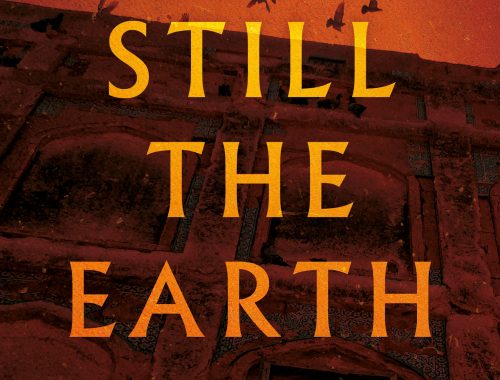Change Leadership
Bill Mann

80% of change projects fail. It’s a staggering amount. The most common reason is a reluctance to change by the people involved. It’s not surprising really: people make up a business and it’s those same people who must accept and adapt to change. The difference between change management and change leadership is making the connection between organisational change and the human impact on all involved. This book will show you how to lead change, not just manage it. Bill Mann, founder of The Keep Calm Guy, has learnt the hard way about change. After a long career delivering change projects for many businesses it was his personal experiences of coping with the trauma of a suicide bomb attack, and losing his wife to cancer, that taught him how to find a path through change that other people will follow. www.thekeepcalmguy.co.uk.
Extract
Businesses of all sizes, and across every industry, are constantly changing. It may be organically by growing or evolving products and services, or maturing and optimising, or possibly even declining and downsizing. It may be by specific actions such as a merger or acquisition, or a reorganisation, relocation, or simply by recruiting and moving staff to new positions. It may be something seemingly small such as changing the reporting lines of one individual, or something that affects the entire organisation. It could even be something routine such as an annual performance appraisal and pay review. Whatever the reason no business stands still – change is constant.
Walk into any business with more than a handful of staff and there will be change planned, being made, or people struggling with the unintended consequences of change. Structures will change, people are promoted, moved in to new roles, or even demoted or fired. The larger the organisation the larger the change programme you will find. If may be a formal transformation programme, or it may just be a collection of smaller changes spanning the organisation.
Change is always made for good business reasons at the time, and with the best intentions of those leading the change. There will be an objective regarding the future of the business and goals set that have to be achieved. Much work will be done looking at future sales, markets, competition, organisational performance, budgets, resources, operating models, functions, staffing levels, resource levels, roles, etc., etc. All of these are the nuts and bolts of the business, and the organisational design puts it all together to achieve a desired end state. There is only one thing missing, one thing hardly ever considered – the emotional engagement of the people that will either make it work or not. Winning their hearts and minds. This is not simply communication, people management, or a token gesture towards keeping staff on-side to be seen to be doing the right thing, it is an authentic and genuine care for the impact on people, and delivered with complete integrity.
“Clients do not come first. Employees come first.”
– Richard Branson
The people that make a business what it is are not ‘Human Resources’. Resources suggest a business asset to be utilised (which is how many see them), and ‘Human’ is just a depersonalised term to refer to the fact they are living breathing human beings. The people that walk through the office door every morning are husbands, wives, sons, daughters, fathers, mothers, friends, carers, and so on. They have ambitions, fears, worries, stresses, beliefs, and values. They have ups and downs, good days and bad. They are all unique and how they respond to change is what makes the difference to any business. The best plans and models will be extremely painful and costly to deliver without the support of the people that will make it a reality. In practice people are pushed, cajoled, bribed, and otherwise encouraged and forced into the organisational structure and new roles. If they don’t fit, then ultimately, they are pushed out. They are simply expected to ‘get on board’ with the changes.
Every change has an effect on the most important component – the people that run the business. From boardroom to shop floor everyone one is potentially impacted by even the most modest of changes. How they respond has very little to do with their role, skillset, or career path. It has everything to do with who they are as a person, what else is going on in their lives at that time, and what they value. By making sure every individual is understood and supported through the change with empathy and integrity, many if not all can be kept completely engaged – the critical difference between success and failure. This should not be dismissed as being ‘soft’ or unnecessary, this should be encouraged as enlightened leadership. Emotional intelligence is widely reported as a critical leadership skill for the 21st century.

Publication Date: April 2020
Format: Paperback
Pages: 116
Genre: Non-Fiction
Reviewer: Faye
Source: N/A


